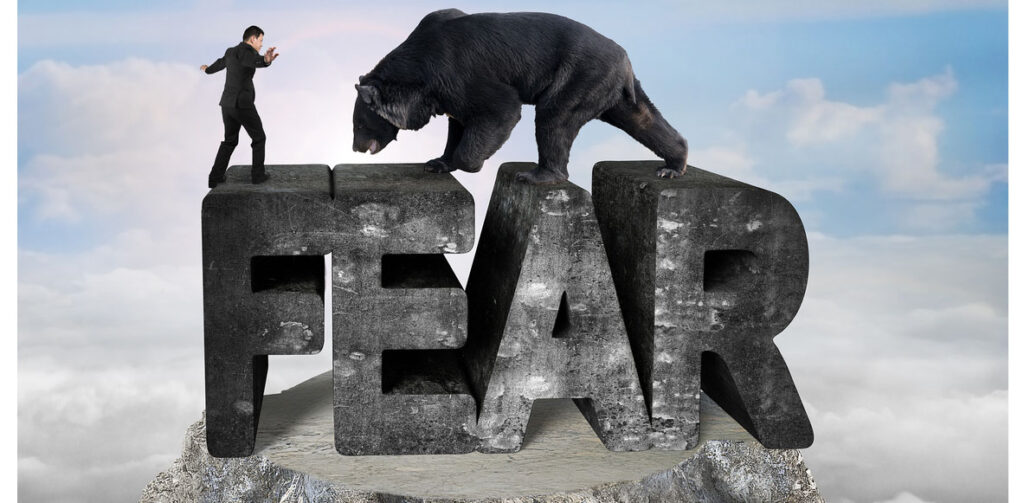My inbox is flooded with articles about a 50% market drop, the end of the U.S. Dollar, the upcoming Lost Decade, and more. The Scare Bears would have you believe that it’s time to close up shop, stash your money in a mattress, and maybe revisit the market in 10 years. While the Scare Bears have some compelling arguments, I’ll break down why this is a normal corrective move and where it would make sense for the market to go from here.
The market falls by 5% and we are inundated with articles with headlines like this, “Historic Yield Curve Inversion Reaches 656 Days, Echoing Pre-Stock Market Crash Patterns.”
The bears are referring to the inverted 10-2 yield spread, which is when short-term rates surpass long-term rates, signaling investor concerns about the country’s overall economic outlook.
Why?
Typically U.S. bonds with longer maturities offer higher interest rates to compensate for the increased risk associated with longer investment commitments. However, if this relationship is inverted, and short-term rates are higher than long-term rates, it means investors want to be paid for taking on the higher risk in the near term.
Here’s the 10-2 Yield chart that the bears are watching:

We’ve now been inverted for over 500 days, which is a rare occurrence to be sure, happening only in 1929, 1974, and 2008. But “correlation doesn’t equal causation” – a statistic quote that my dad has made sure I never forget.
This isn’t the same market as 1929 or 2008. It’s more closely related to 1974 but still has significant differences.
Believe it or not, we’re still dealing with inflation as a result of a global pandemic, and a FED that has been slow to react to various warning signs. But despite what politicians and various media outlets say, the job market and the consumer remained resilient this entire time. I didn’t say it was the easiest job market, but the unemployment rate is still near historic lows.

Dare I say it’s wage inflation and profiteering from companies causing inflation to remain high and forcing the FED to keep rates higher for longer? Much more on that in a future article.
Don’t let the Scare Bears take over. Let’s call this market move what it is – a corrective move. Looking at a weekly chart of the S&P 500 ETF, SPY, we can see that the market has been moving in waves in a trend channel that started in October 2022.

While there may be downside risk to $480, or $4800 on the SPX, a 5% or even a 10% correction isn’t an alarm for a market crash, as the Scare Bears would have us believe, despite the inverted yield curve.
In fact, since 1950, the average number of 5% pullbacks per year for the S&P 500 index is three. This seems like some profit-taking from a market that has seen companies like Super Micro Computer (SMCI) go from $400 in early 2024 to as high as $1229 three months later!

While I maintain a positive outlook overall on the market, stay tuned because I will soon be releasing an article about the Three Things Wall Street Got Wrong. I’ll examine earnings season and where the S&P 500 multiple is telling us the market could be heading.
Until then, brush up on money management techniques and make sure you’re trading what your risk tolerance will allow.


